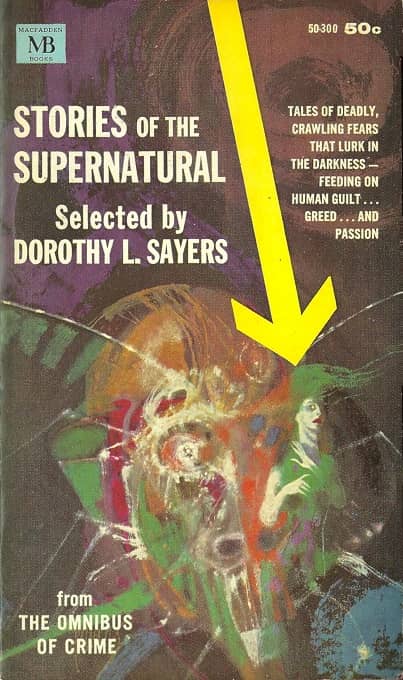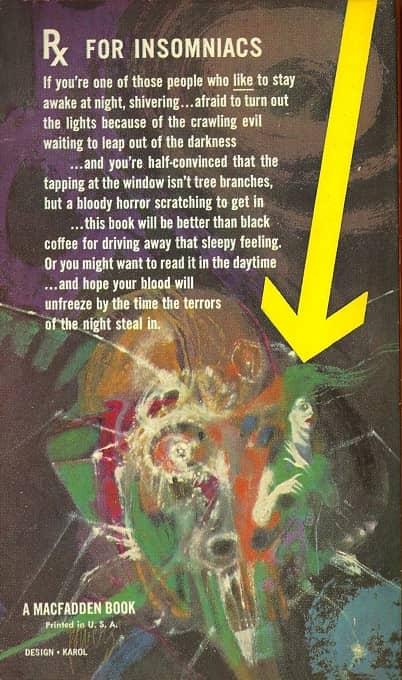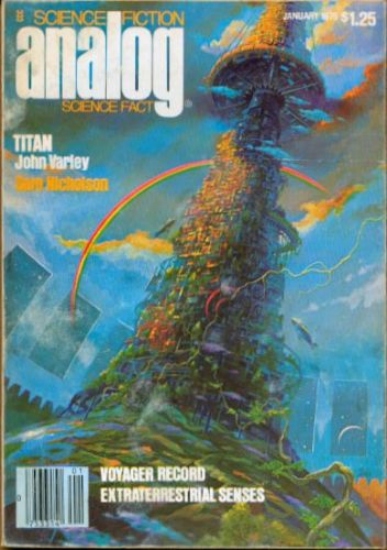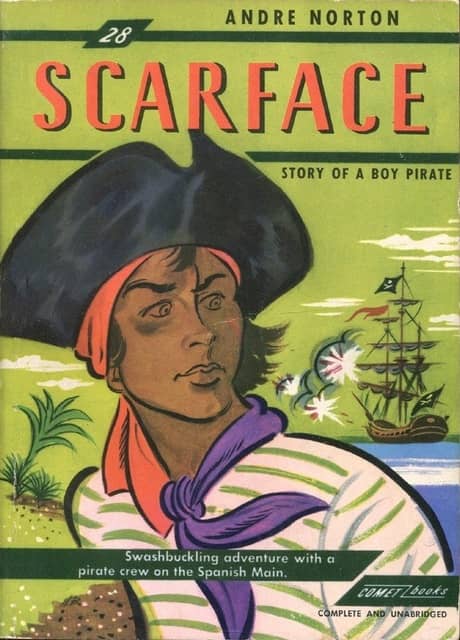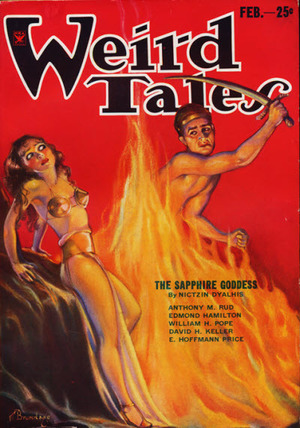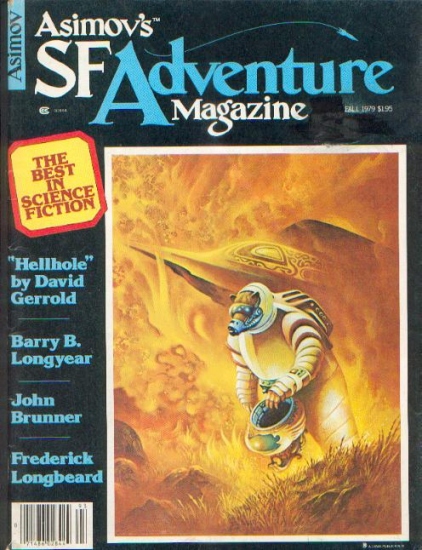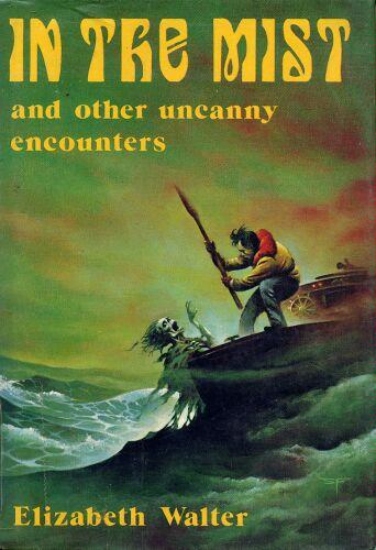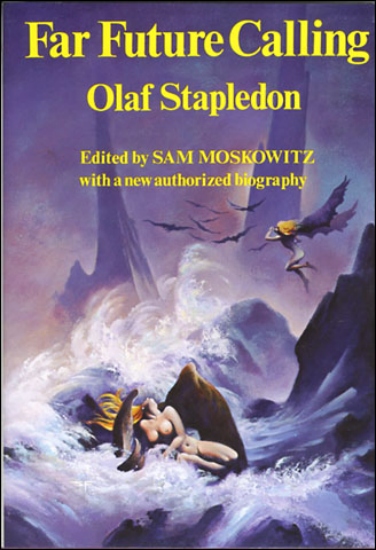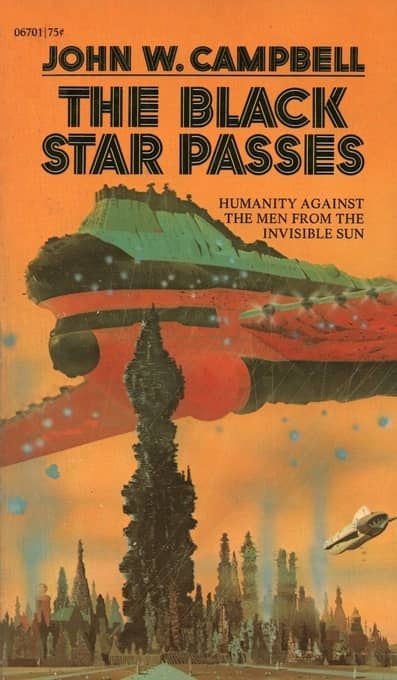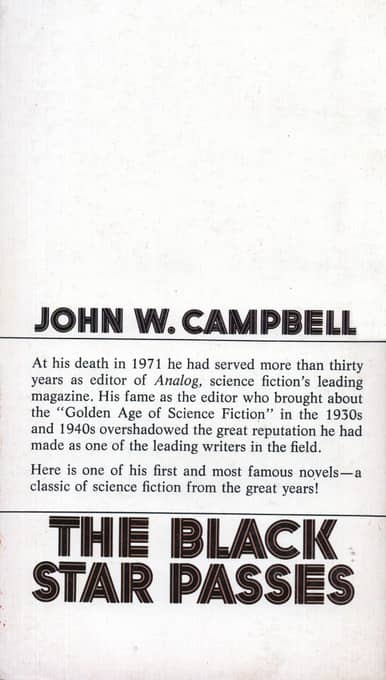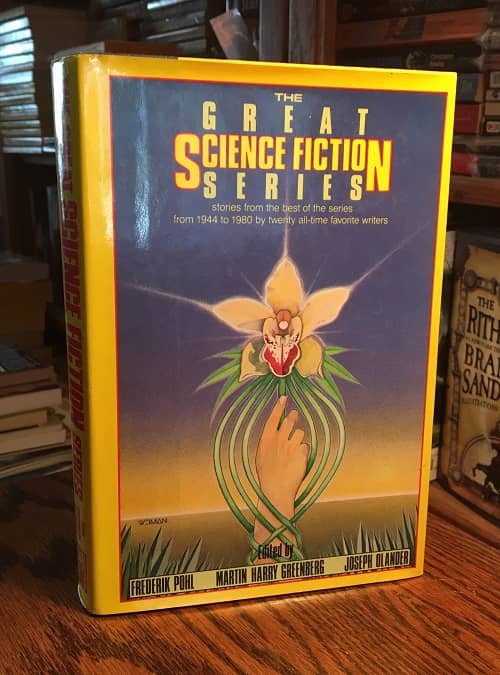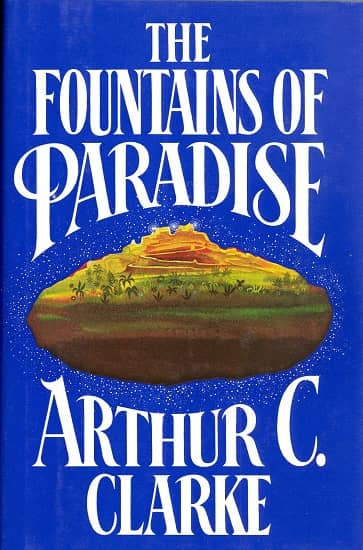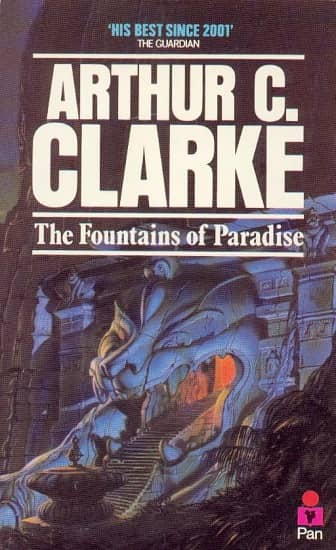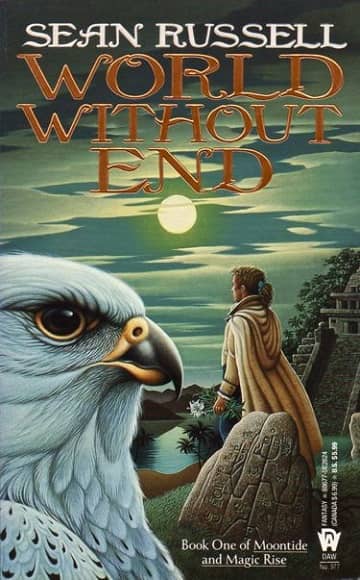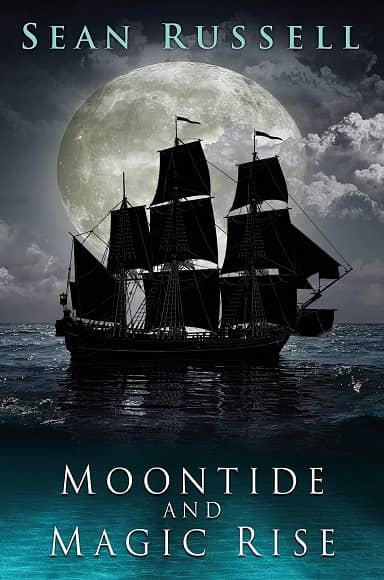Three Miles Around but Infinitely Deep: Mythago Wood by Robert Holdstock
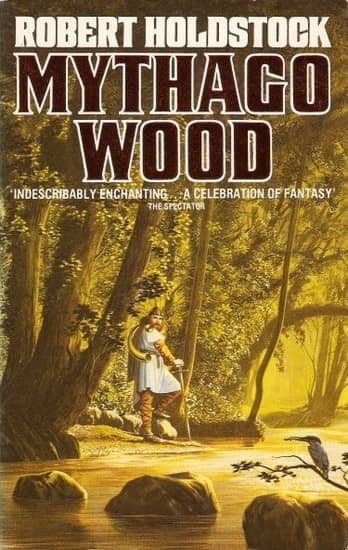 |
 |
 |
Here’s a shout-out for one of my favorite books, Robert Holdstock’s amazing, 1985, World Fantasy award winning novel Mythago Wood. Holdstock’s book dovetailed neatly with my other favorite of that time, David Brin’s The Postman.
I really can’t recommend Mythago Wood enough. In a time when everyone else was echoing Tolkien, Holdstock created a completely different take on fantasy (rural fantasy — if that’s a genre). I loved this story of two brothers, their estranged and absent father, and a patch of wood that was only three miles around but infinitely deep.
Of all the books I’ve read, none has impacted me as strongly at the end as this novel. Endings are hard, so when I read a perfect one, I take notice.
Stylistically, Holdstock nailed it too. I didn’t notice the smoothness and rhythm of his work at first, but on subsequent rereads I paid much more attention to his sentence and paragraph building. He has taught me a lot. If you are looking for an outstanding read to start your 2019, give Mythago Wood a try.
I’m always looking for my next, great novel. Do you have a recommendation of a book that exists in your personal canon of classics?
